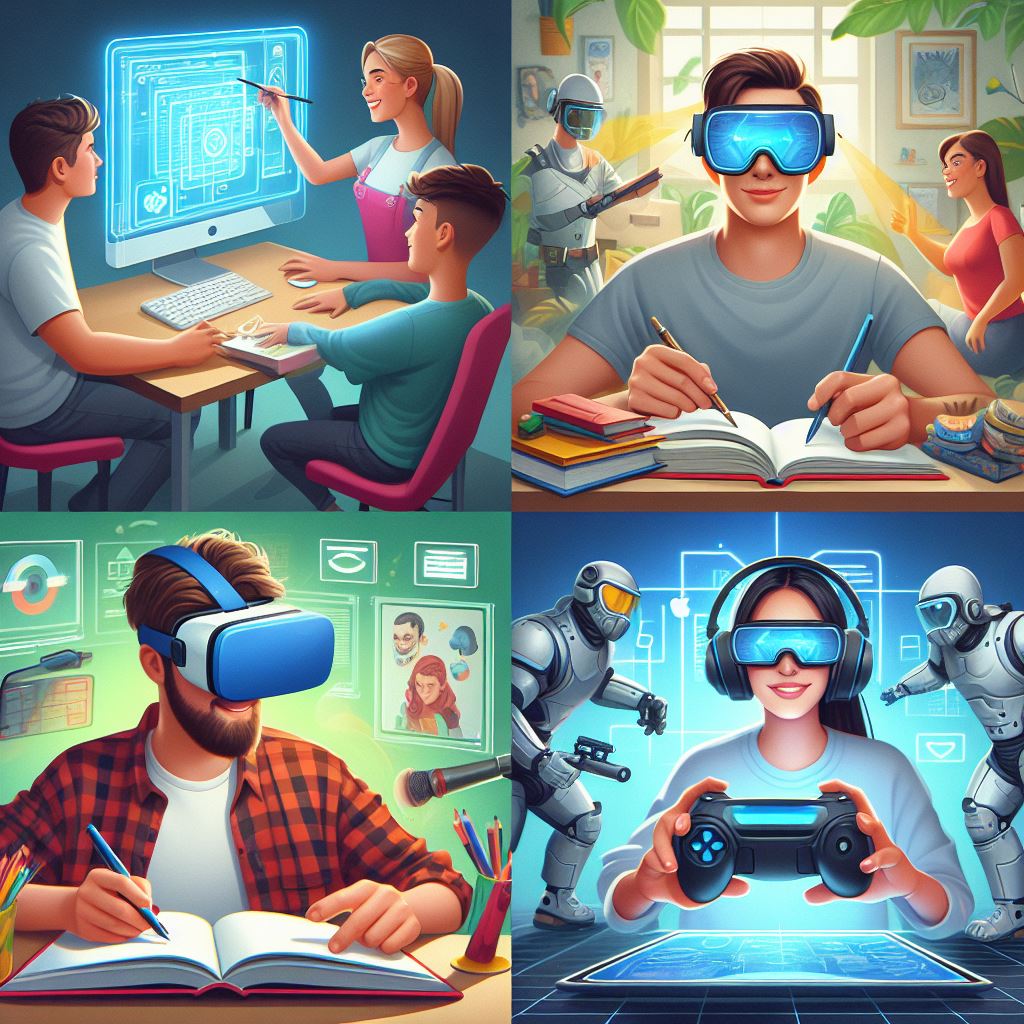Table of Contents
Apple, the tech giant known for its trendsetting products, has reportedly encountered a setback with its Apple Vision augmented reality (AR) project. According to a recent leak from industry sources, Apple has slashed production targets for the Apple Vision hardware, citing lower-than-anticipated consumer interest. This news throws a curveball at Apple’s ambitions in the burgeoning AR market and raises questions about the future of the technology itself.

Apple Vision: A Glimpse into the Future (or Maybe Not)
Apple Vision, shrouded in secrecy until recently, was expected to be Apple’s pioneering foray into the AR realm. Unlike virtual reality (VR) that completely immerses users in a digital world, AR overlays digital elements onto the physical world. Imagine seeing navigation instructions superimposed on your actual street view, or having virtual furniture appear in your living room to help you decide on a purchase. Apple Vision, according to rumors, was designed to be a sleek, high-tech pair of glasses that would seamlessly integrate AR experiences into your daily life.
The Allure of AR: Why Apple Was Betting Big
The AR market holds immense potential, وعد (waad) (promise) projections suggesting it could reach a staggering $80 billion by 2030. Apple, never one to shy away from groundbreaking technology, saw an opportunity to revolutionize how we interact with the world around us. By leveraging its design expertise and loyal customer base, Apple was poised to become a leader in the AR space.
So Why the Sudden Downturn?
The reported production cuts come as a surprise to many industry analysts. Several factors could be contributing to the dampened demand for Apple Vision:
- Price Point: AR technology is still in its nascent stages, and the hardware required can be expensive to produce. If Apple Vision carried a hefty price tag, it might alienate a significant portion of potential customers unwilling to shell out a premium for an unproven technology.
- Limited Use Cases: While the potential applications of AR are vast, it’s important to consider how many of these applications would be compelling enough for everyday use. Consumers might be hesitant to invest in AR glasses if they don’t see a clear benefit that integrates seamlessly into their lives.
- Privacy Concerns: AR glasses raise significant privacy concerns. The ability to constantly record and project information onto the real world could make some users uncomfortable. Apple would need to ensure robust privacy measures were in place to gain consumer trust.
- Technical Hurdles: The technology behind AR glasses is still evolving. Battery life, processing power, and display quality are all areas that need improvement before AR can truly go mainstream. Apple might have encountered unforeseen technical challenges that pushed back the timeline or limited the functionality of Apple Vision.

Is This the End of Apple Vision?
The production cut doesn’t necessarily signal the end of Apple Vision altogether. It’s more likely a course correction by Apple in response to market feedback. Here are some possible scenarios:
- Delayed Launch: Apple might decide to delay the launch of Apple Vision to address the aforementioned concerns. This could involve lowering the price point, developing more compelling use cases, or refining the technology to make it more user-friendly.
- Scaled-Back Launch: Apple might launch Apple Vision with a limited release, targeting early adopters and tech enthusiasts who are willing to invest in cutting-edge technology. This would allow Apple to gather valuable user feedback and iterate on the product before a wider release.
- Rethink the Approach: Apple could decide to entirely rethink its approach to AR. Perhaps Apple Vision was too ambitious for the current market. Apple might choose to develop a more basic AR product or focus on software development for third-party AR glasses.
The Future of AR: A Bumpy Road Ahead?
Apple’s reported production cuts for Apple Vision are a setback for the AR industry as a whole. It highlights the challenges that AR faces in terms of consumer adoption and technological maturity. However, it doesn’t necessarily signal the end of AR. Here’s what the future might hold:
- Focus on Enterprise Applications: AR might find its initial success in enterprise applications, where businesses can leverage the technology for training, maintenance, and design purposes. This could provide valuable real-world data and help refine AR technology for consumer applications.
- Evolving Form Factors: We might see AR technology integrated into different form factors besides glasses. Smart contact lenses or AR overlays on smartphones could be more palatable options for consumers initially apprehensive about wearing glasses.
- Collaboration is Key: The development of a robust AR ecosystem will likely require collaboration between tech giants, software developers, and content creators. Working together, they can create a more compelling AR experience that addresses consumer needs and concerns.
The Domino Effect: How Apple Vision’s Struggles Could Impact the Industry
Apple’s struggles with Apple Vision could have a ripple effect throughout the AR industry. Here’s how:
- Investor Jitters: News of Apple’s production cuts could dampen investor enthusiasm for AR as a whole. This could make it more difficult for smaller AR companies to secure funding, hindering innovation in the space.
- Consumer Perception: If Apple Vision is perceived as a flop, it could cast a negative light on AR technology in general. Consumers might become wary of investing in any AR product, fearing it might become obsolete quickly.
A Silver Lining: Lessons Learned and the Road Ahead
Despite the challenges, Apple’s experience with Apple Vision can serve as a valuable learning experience for the entire AR industry. Here are some key takeaways:
- The Importance of User Needs: Technology needs to solve real problems and offer a clear value proposition to be successful. Focusing on developing compelling use cases that integrate seamlessly into consumers’ lives is crucial.
- Balancing Innovation with Affordability: Cutting-edge technology often comes at a premium price. However, finding the right balance between innovation and affordability is essential for mass adoption.
- Addressing Privacy Concerns: Building trust with consumers requires robust privacy measures. The AR industry needs to develop clear guidelines and regulations to ensure user privacy is protected.
Beyond Apple: Who Will Lead the AR Charge?
While Apple might be taking a step back, other tech giants are still heavily invested in AR. Here are some potential frontrunners:
- Meta (Formerly Facebook): Meta has been a vocal advocate for the metaverse, a hypothetical future iteration of the internet that heavily utilizes AR and VR. With its significant resources and experience in social media, Meta could be a major player in shaping the consumer AR landscape.
- Google: Google Glass might not have been a success story, but Google continues to invest in AR research and development. With its dominance in mobile operating systems and its powerful cloud infrastructure, Google could be a force to be reckoned with in the AR space.
- Microsoft: Microsoft’s HoloLens mixed reality headset has found success in enterprise applications. Microsoft could leverage this experience to develop a more consumer-friendly AR product.

The Final Word: AR’s Long Game
Apple’s reported production cuts for Apple Vision are a noteworthy development in the AR industry. While it might seem like a setback, it’s more likely a course correction. AR is a nascent technology with immense potential, but it faces significant hurdles in terms of consumer adoption and technological maturity. The road ahead for AR will likely be paved with innovation, collaboration, and a focus on user needs. Apple’s experience might serve as a cautionary tale, but it won’t be the end of the AR story. The race to develop the next generation of computing is still on, and AR remains a strong contender to revolutionize the way we interact with the world around us.



